In the world of photography, understanding depth of field (DoF) is ultimately just like unlocking a world of creative possibilities! This concept plays a pivotal role in determining which elements of an image remain sharply focused and which fade into a dreamy blur. Here we are going to dive right into the fascination of how to understanding depth of field and how it can elevate your visual storytelling.
So, What is Depth of Field?
I think the best way to explain depth of field is the length between the closest and furthest element in a shot that appears to be adequately sharp in an image.
Make sense? Well, by being able to successfully master this, you can hone into your creativity and take control over what’s in sharp focus in your photos/ videos.
Basically, depth of field allows for you to control what is in focus and what is not. This will allow for you to create a visual hierarchy and guide the viewer’s attention.
Here are a few other key factors that play into the depth of field:
- Aperture
- Distance from the subject
- Focal length
- Camera sensor size
How to Control Depth of Field with Aperture.
Aperture is the best setting to be able to control the desired depth of field you are looking for. In a previous article, I explain how aperture works. However, for this I’ll give you the reader’s digest version. Aperture is the amount of light that is allowed through the lens.
For camera settings, aperture is represented by the f-stop values. So for example, if you wanted a blurry background, then you’d use a smaller f-stop number to widen the lens, allowing more light in, and thus creating a background that is blurred but allows what your target is to pop.
The opposite would hold true if you wanted the entire photo/ video to be clear. You’d set your aperture to a larger number which would then let less light in and essentially create the crisp background.
With that in mind, it makes it easier to understand the following:
Shallow Depth of Field:
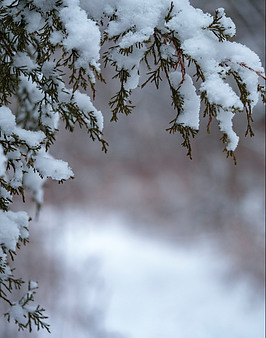
When you have a “shallow depth of field,” only a specific portion of the image is in focus while the rest gradually becomes blurry.
This technique is commonly used to isolate the subject from its background and by doing so it emphasizes the main point of interest.
Pretty cool, right?
To get this effect, you will want to use a smaller aperture setting that allows more light in.
Deep Depth of Field:
On the other hand, a deep depth of field ensures that a broader range of the image/scene remains sharp. This is achieved by using a narrower aperture, resulting in both the foreground and background being in focus.
Using Distance and Focal Length as a Technique.
On top of everything I have explained about aperture and how that plays a role in using depth of field creatively, now is the time to also explain how the distance from your subject works with depth of field as well.
So, for example, it can be a little tricky if the subject of your picture is far away. The greater the distance you are trying to focus on, the deeper the depth of field will be.
This results in a larger portion of the scene being in focus, both in front of and behind the subject. Landscape photographers often use this technique to keep everything from foreground to background sharp and detailed.
On the other hand, if your subject or target is up close, the shallower your depth of field will be. This means that a smaller portion of the scene will be in focus, and the background will blur more quickly.
Alright, now onward to focal length!
The type of lens you are using can also make a difference. If you’re using a short focal length, or a wide-angle lens, these naturally produce a deeper depth of field and can achieve a large area in focus.
Alternatively, if you are using a long focal lens, or a telephoto lens, it will produce a shallow depth of field. This means that even when using a narrow aperture, you can achieve a blurred background, isolating the subject from its surroundings.
The Impact of Sensor Size on Depth of Field in Photography.
The next and final point on how depth of field works is the comparison to the sensor size and what role it plays.
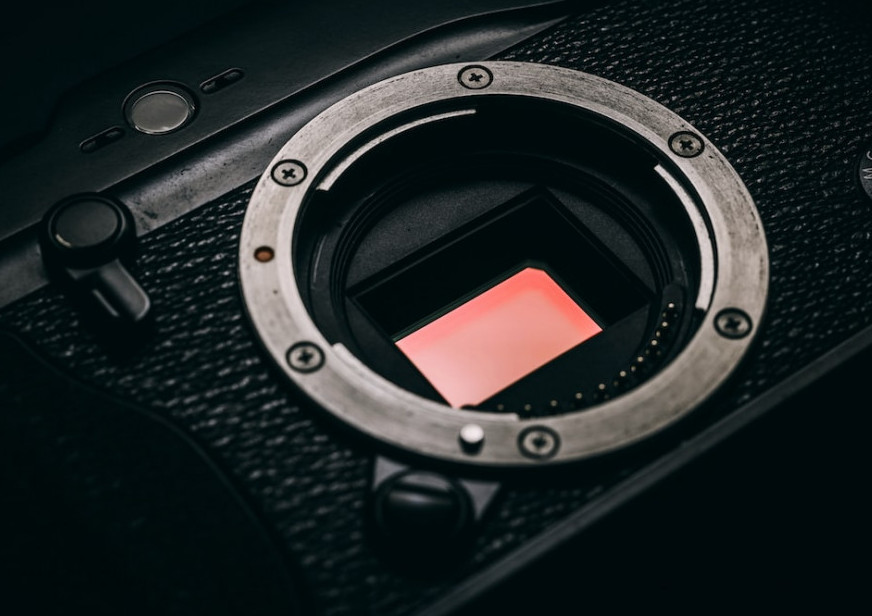
Today I’m covering full-frame and medium format sensors. With a full-frame sensor, a canvas that stretches wider and larger, you have the power to create cinematic landscapes where the foreground, subject, and background blend seamlessly.
They are quite a bit expensive but are well-rounded. With this type of sensor, your depth of field can become a storytelling tool, guiding the viewer’s eye through your visual narrative.
For a medium format sensors it is easier to achieve a shallow depth of field. With this type you are able to get a wider aperture to create the blurry background I mentioned earlier. However, medium format sensors also create a higher quality, too and can help in low light shots.
The Ultimate Takeaway…
Depending on how creative you want to get with either photography or how you want to shoot your videos, depth of field is an area to do your homework on if you are new to the niche.
Depth of field isn’t merely a technical aspect of photography; it’s a creative language. It allows photographers to emphasize what matters most, draw viewers into the heart of the image, and craft visual tales that resonate deeply. By understanding and mastering depth of field, you can capture not just images, but moments, emotions, and stories that endure in the minds of your audience!
Regardless if you are new to all of this or a seasoned photographer, please feel free to leave any questions you may have or enlightened tips and tricks to achieve that high level of creativity below in the comment section!

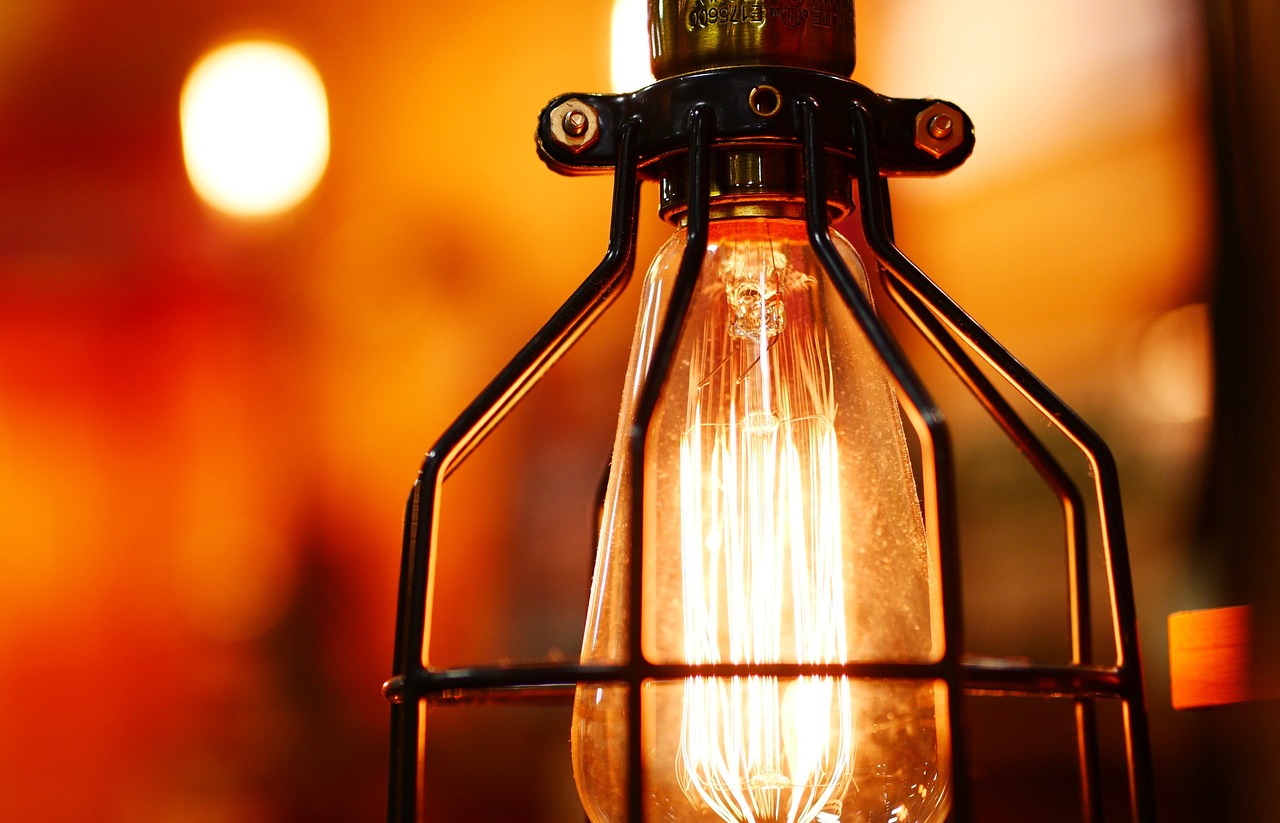
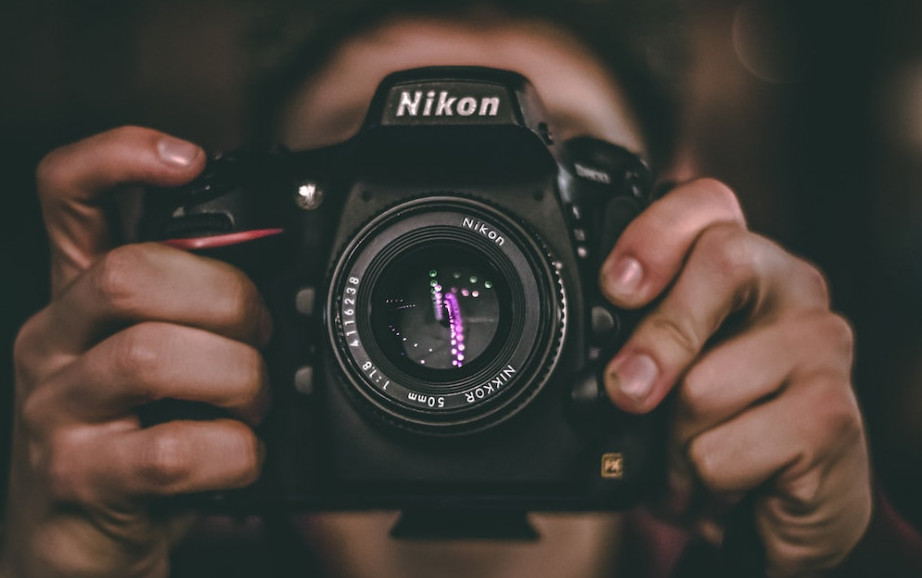
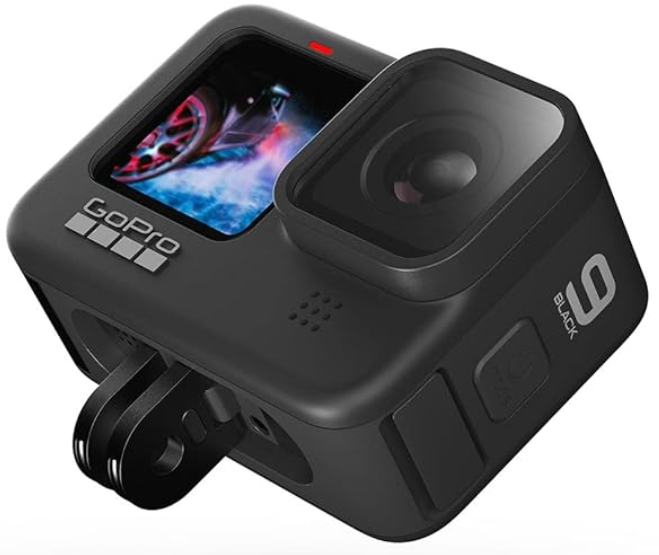
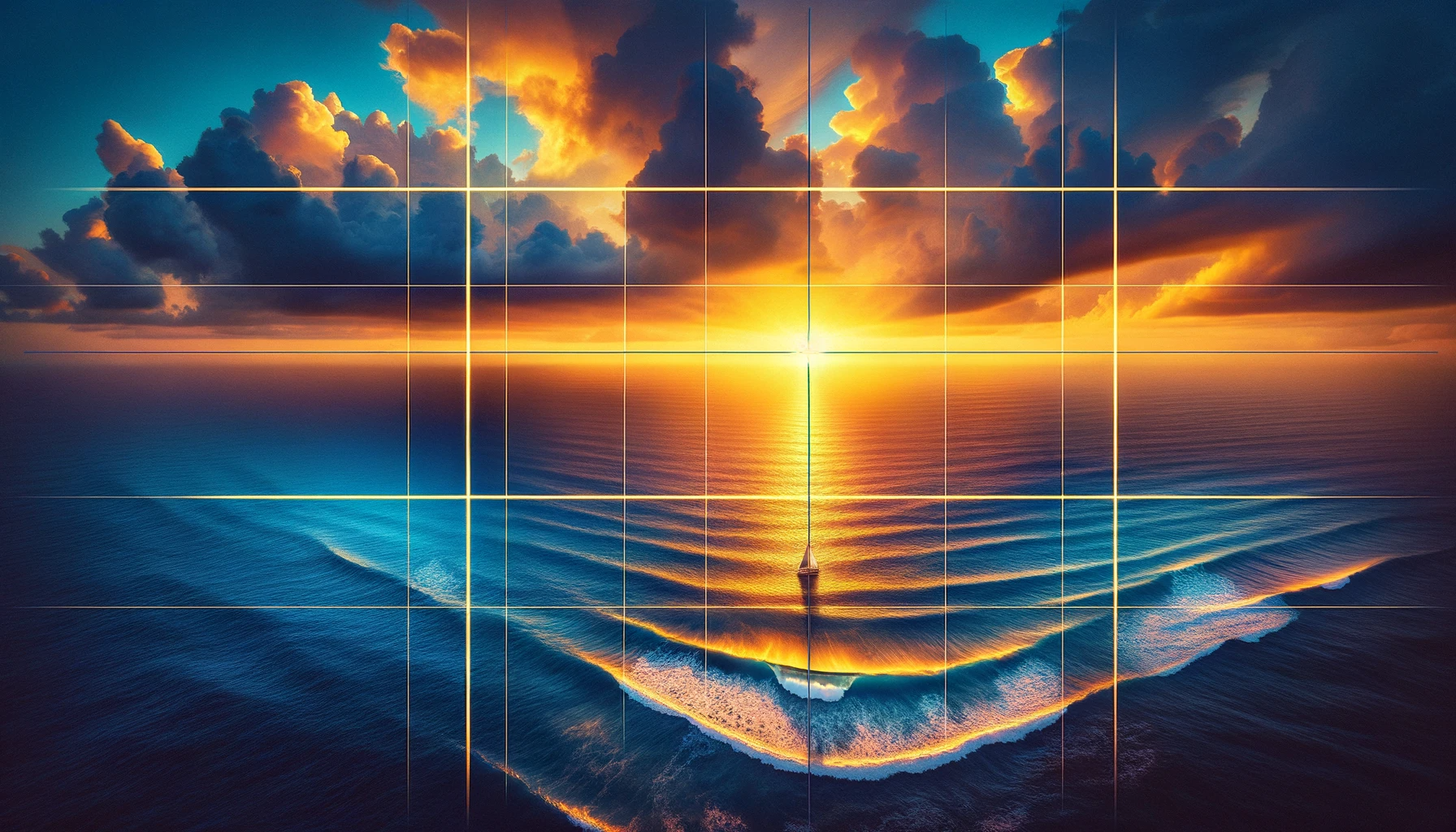
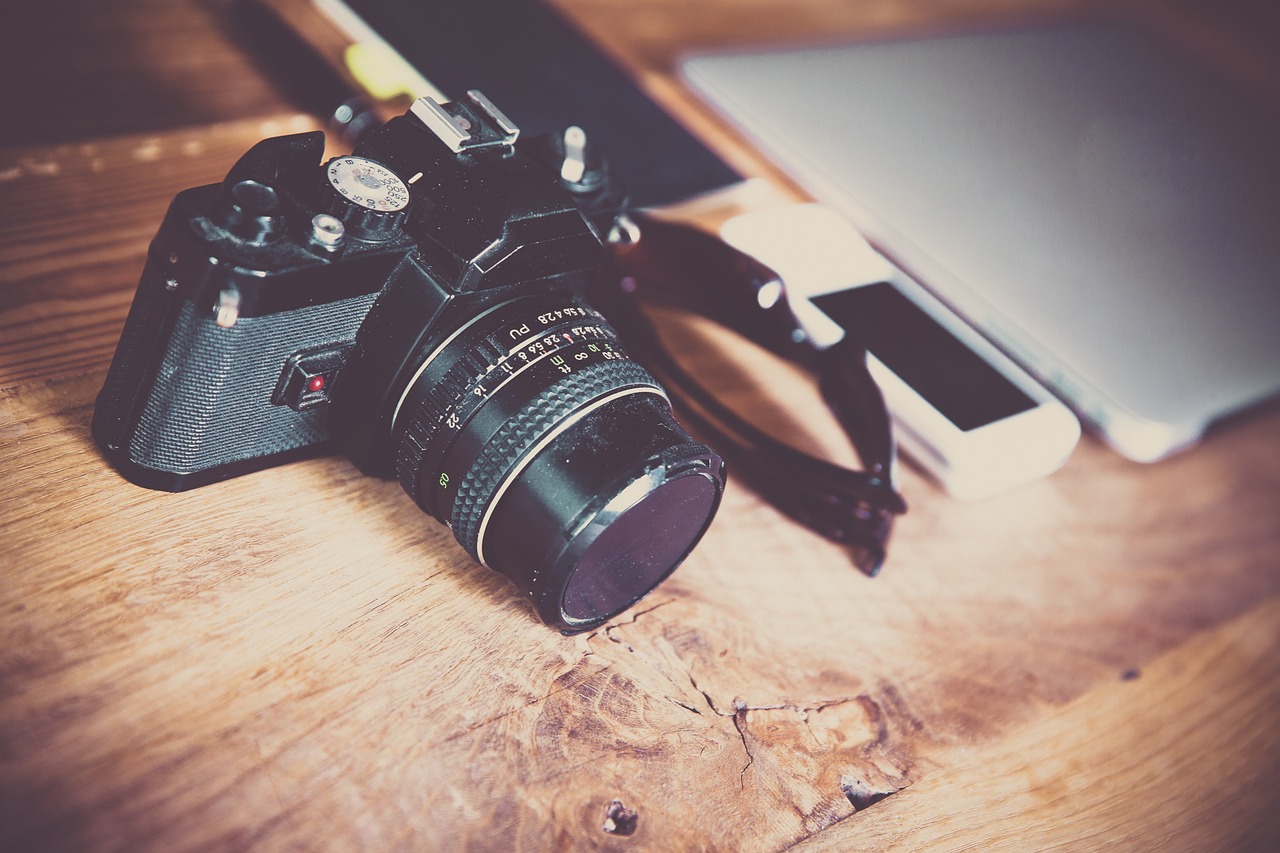
Definitely a game changer when you understand how depth of field works! Depth of Field can influence the image and change the meaning and intention. It is indeed important to consider the type of lens to use to achieve the the depth of field the photographer wants to capture. Learning how to control the depth of field makes your photo powerful and interesting! Thanks for this article! Ill experiment with my camera to get to know it better!
Thank you, Jenna! I’m glad you enjoyed the information from the article! Thank you for reading!